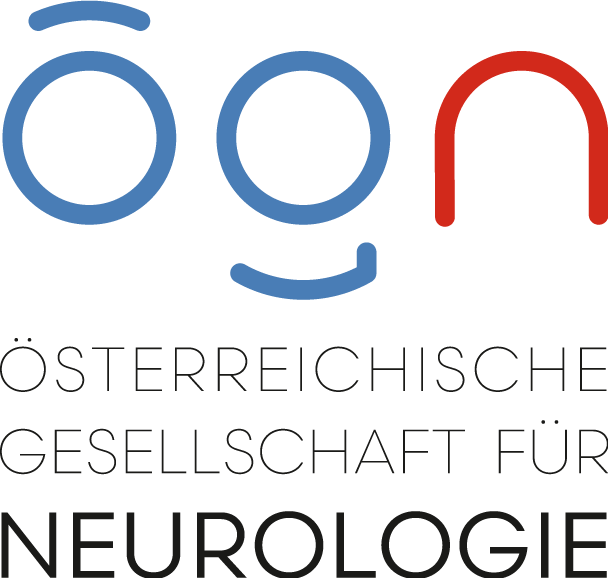BACKGROUND: The chemokine CXCL-13 is a potential intrathecal biomarker for neuroborreliosis (NB). According to the literature the sensitivity of CXCL-13 in the diagnostics of NB varies between 88% and 100% and the specificity between 63% and 99.7%. The objective of this study was to analyze the sensitivity and specificity of CXCL-13 in the diagnosis of NB in an endemic area of Borrelia burgdorferi.
MATERIAL AND METHODS: In a retrospective analysis of data from August 2014 to August 2016, 63 patients with clinically suspected NB were identified. The diagnosis of NB was based on the guidelines of the German Society of Neurology (DGN).
RESULTS: In 10 patients a definitive diagnosis of NB could be established (CXCL-13 min. 254 pg/ml /max. >900 pg/ml). The criteria for a probable NB were fulfilled by 2 patients (CXCL-13 concentration 8 pg/ml and 69 pg/ml, respectively), 9 patients had a chronic inflammatory demyelinating disease (CXCL-13 min. 10 pg/ml/max. 649 pg/ml) and 42 patients had other neurological diagnoses. Out of these, elevated intrathecal CXCL-13 concentrations were detected in 8 patients (e. g. tuberculosis, syphilis and anti-RI antibody positive paraneoplastic syndrome).
CONCLUSION: By increasing the CXCL-13 cut-off level from 20 pg/ml to 200 pg/ml, the diagnostic sensitivity for NB remains 100% and consequently the specificity increases from 69.8% to 92.4%. Moreover, a CXCL-13 cut-off set at 200 pg/ml would exclude NB in the 2 patients with probable NB. We conclude from these results that CXCL-13 represents a valuable biomarker for the exclusion of untreated NB, although with limited specificity.


